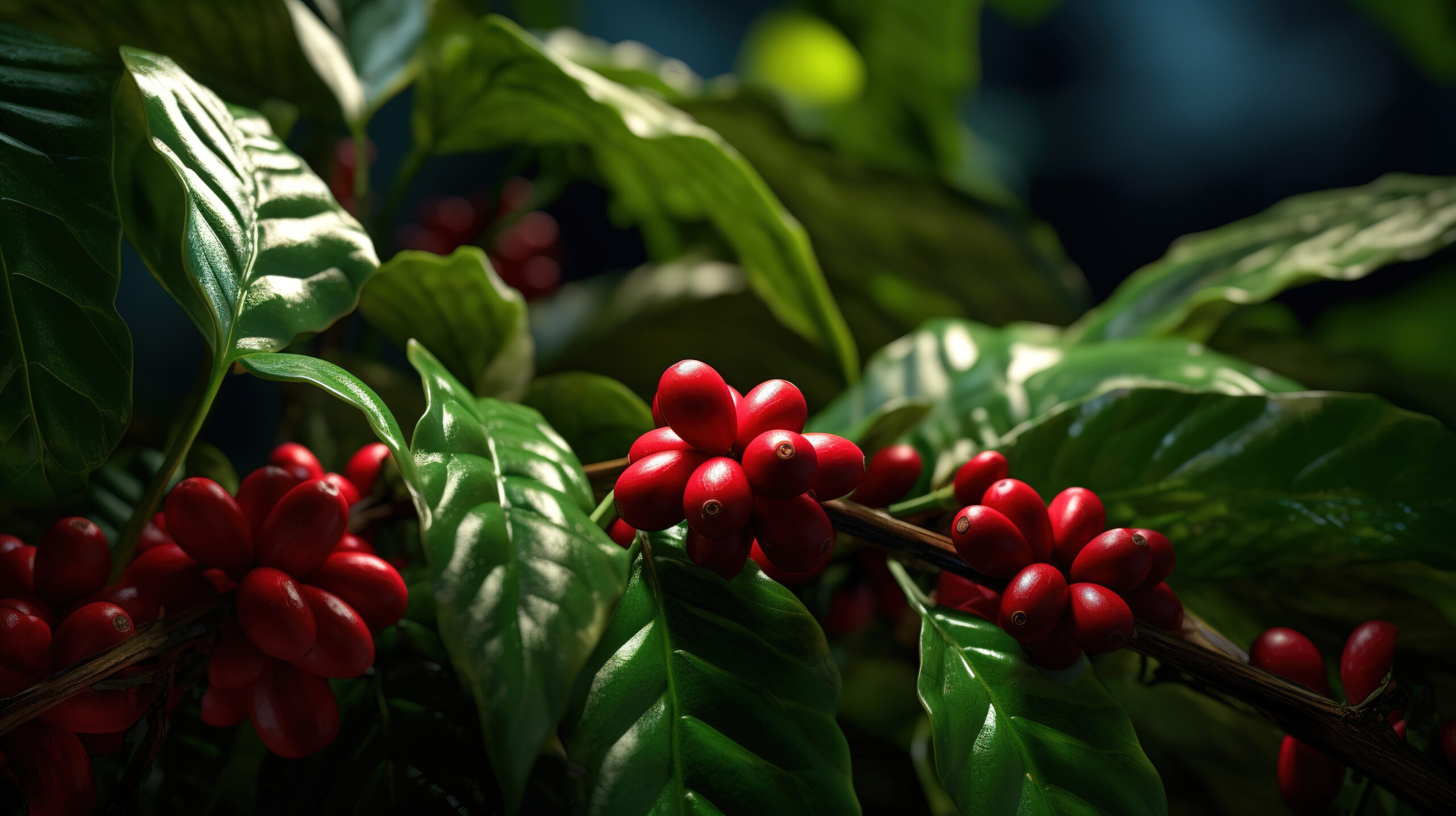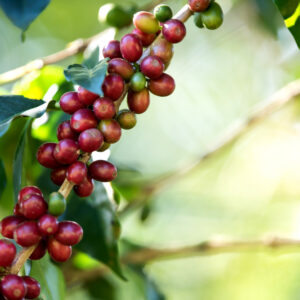
Store
Mexico Green Coffee
Coffee first emerged in Mexico in the late 1700s. It was then cultivated in European-owned farms and local Mexican workers worked on these farms. Nevertheless, the revolution of the early 20th century led to a process of change through land reform.
Today, Mexican agriculture is very different from last year’s big plantations, with 515,000 producers registered in the last agricultural census, 85% of whom were native Mexicans. Local and small-scale producers are the most sensitive in the coffee industry, but mexican authorities are working with the National Institute of Local Peoples (INPI) to support them.
Much of the country’s coffee production is made up of cooperatives. The other little-known fact is that Mexico is one of the world’s largest organic certified coffee exporters, according to the Ministry of Agriculture and Rural Development (SADER), and that up to 8% of producers grow it. And those facts are interconnected.
In 1973, the Mexican government recognized the potential for coffee in rural development and established the INMECAFE National Coffee Institute. Ten years later, coffee became Mexico’s most valuable export product, accounting for 35 percent of total agricultural production by the mid-1980s. Production reached 440,000 tons of green coffee by 1990.
Yet the collapse of the International Coffee Agreement raised the lower price for coffee and resulted in INMECAFE being shut down. Instead, cooperatives began to emerge promoting organic coffee production while supporting local producers in Mexico.
In 2018/19, Mexico exported 2.6 million 60 pounds [2.6 million kg] of bags. Despite less than 1% of the world’s total coffee exports, it still makes the country the ninth largest coffee exporter in the world.
Coffee from Mexico has the potential to be outstanding even though it is not so prevalent in the specialty industry: six types of coffee broke the 90-ball mark in the 2019 Cup of Excellence competition.
Coffee in Mexico is grown in 16 states and much of it is in the south of the country. However, the main coffee regions are Chiapas, Oaxaca, and Veracruz. The country is mainly Arabica, many of which are grown in the shadows. Robusta grows only 3-4 percent of the country’s crop. 35 percent of Mexican coffee is grown 900 feet above sea level, which is ideal for high-quality coffee production in Mexico’s relatively cool climate.




